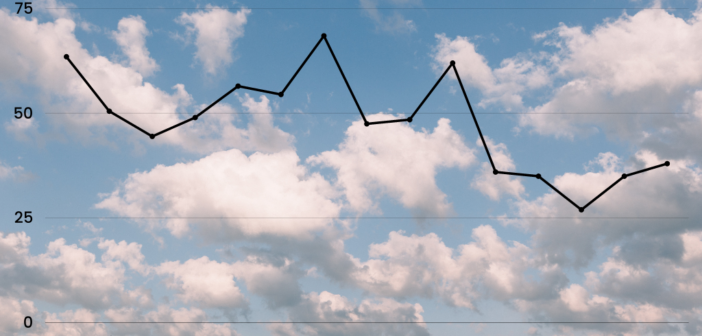November may have felt a bit more like summer this year.
The east coast experienced record-breaking hot temperatures during the first 12 days of November.
According to WFMZ meteorologist Dan Skeldon, fall seasons on average are becoming warmer. He said it is now more typical to see 90-degree temperatures in September, 80 degrees in October and 70 degrees in November.
“If you look at every month, we are seeing more record highs and lows,” Skeldon said. “We are seeing warmer than average temperatures for a longer than average period. Our climate is changing, so warm spells are a little more frequent than they used to be.”
According to the University Corporation for Atmospheric Research, climate events that last longer than the regular times are known as climate variability, and this is what happened along the east coast, including the Lehigh Valley. It is different but related to general climate change.
Ben Felzer is an earth and environmental sciences professor and the vice chair of the Bethlehem Environmental Council. He said these record-high temperatures occurred due to the jet stream forming a high-pressure ridge over the east and a low-pressure trough over the west. This means it was unusually warm in the east, which was sitting in warm tropical air, south of the jet stream.
Felzer said this was normal weather patterns shifting.
“The weather system is chaotic,” Felzer said. “The jetstream is wavy: Sometimes it waves one way, sometimes it waves another.”
Dork Sahagian, professor of earth and environmental sciences, said this weather pattern was unusual for the jet stream. He attributes these changes to increasing variability of weather due to long term climate change.
Sahagian said when comparing month’s temperature averages in past years to now, there may not be significant changes. However, it is the variability within these months where there may be big changes seen.
After the first few weeks of November, the temperatures dropped, which Sahagian said is normal. He said temperatures are warming up on average, and in the future, the variability is expected to be greater.
“The way these extreme (temperatures) go, the winter temperatures will probably change more than the summer temperatures,” Sahagian said.
He said people should expect to see more rainy and less snowy winters.
Places like Pennsylvania will become wetter in the winter when rain is not necessary and drier in the summer when rain is necessary, Sahagian said.
Skeldon said this climate variability’s impact on Pennsylvania probably means a wetter climate, meaning more rain storms, flooding and hurricanes.
“We are so short sighted that we can’t even notice these gradual changes,” Sahagian said.
He has continuously seen less and less snowfall every year over his lifetime, which is an example of the long-term changes one does not notice on a day to day basis.
Skeldon also said extreme weather events have always occurred, even before the last 20 years.
“One warm spell doesn’t prove that we are doomed for global warming and climate change and neither does one cold spell,” Skeldon said. “The truth is that somewhere in between our climate is changing and warmer cycles are becoming more common.”






Comment policy
Comments posted to The Brown and White website are reviewed by a moderator before being approved. Incendiary speech or harassing language, including comments targeted at individuals, may be deemed unacceptable and not published. Spam and other soliciting will also be declined.
The Brown and White also reserves the right to not publish entirely anonymous comments.